Ah, St Patrick’s Day: when American rivers run green, monuments around the globe are illuminated in emerald hues and Guinness sells twice as many pints as on any other day of the year. At least once a year, everyone wants to be Irish. Sadly, not everyone can claim to be born in Ireland, or even have an Irish Great-Granny, but that doesn’t matter. Find out if you’ve got what it takes to be an honorary Hibernian in our quiz.
Being Irish is about more than just a nationality; it’s an identity woven from a rich tapestry of history, culture, language, and values. To be Irish means to belong to a unique heritage that spans thousands of years, characterised by resilience, creativity, community, and a deep connection to the land. Here’s an exploration of what it truly means to be Irish.
1. A Deep Connection to History
The Irish identity is deeply rooted in history. Ireland’s past is marked by struggle and endurance, from ancient Celtic traditions to the battles for independence. The legacy of colonisation, famine, and emigration has shaped the Irish psyche, fostering a sense of resilience and determination. The Great Famine of the 19th century, in particular, is a poignant chapter in Irish history, leading to widespread emigration and a global Irish diaspora. For many, being Irish means carrying a collective memory of these hardships and honouring the perseverance of those who came before.
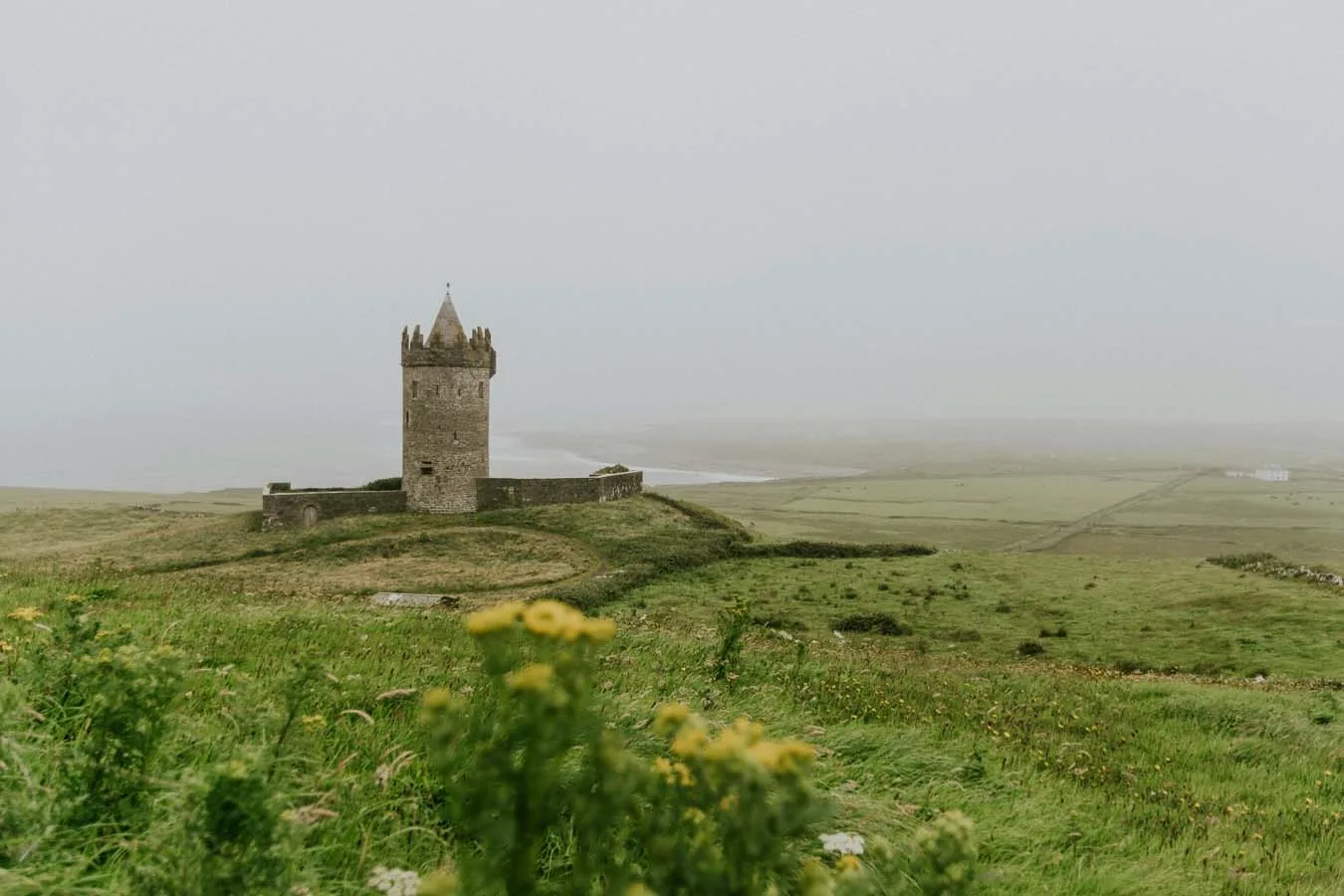
2. Language and Literature
The Irish language, or Gaeilge, is a fundamental aspect of Irish identity, even for those who do not speak it fluently. It’s a symbol of cultural pride and a link to Ireland’s ancient past. Irish literature, too, holds a significant place in defining what it means to be Irish. From the epic tales of Celtic mythology to the works of modern literary giants like James Joyce, W.B. Yeats, and Seamus Heaney, Irish literature reflects the country’s rich cultural heritage and its deep introspection on themes like identity, love, and loss.
Irish storytelling, in both written and oral forms, is renowned for its lyricism and depth. The tradition of the seanchaí, or storyteller, has been passed down through generations, preserving the myths, legends, and folklore that are intrinsic to Irish culture. To be Irish is to be part of this tradition of storytelling, where every tale carries with it a piece of the nation’s soul.
3. A Love of Music and Dance
Music and dance are at the heart of Irish culture. The sounds of traditional Irish music, with its fiddles, tin whistles, and bodhráns, are instantly recognizable and evoke a sense of belonging for many Irish people, whether at home or abroad. Irish dance, with its intricate footwork and energetic performances, is another key element of this cultural identity. The global popularity of Riverdance in the 1990s brought Irish dance to the world stage, showcasing the unique artistry and passion that define it.
Music in Ireland is not just about performance; it’s about community. Sessions in local pubs, where musicians gather to play traditional tunes, are a common sight across the country. These gatherings are more than just entertainment—they are a celebration of shared culture and a way of connecting with others. For the Irish, music is a language in itself, expressing the joys, sorrows, and complexities of life.
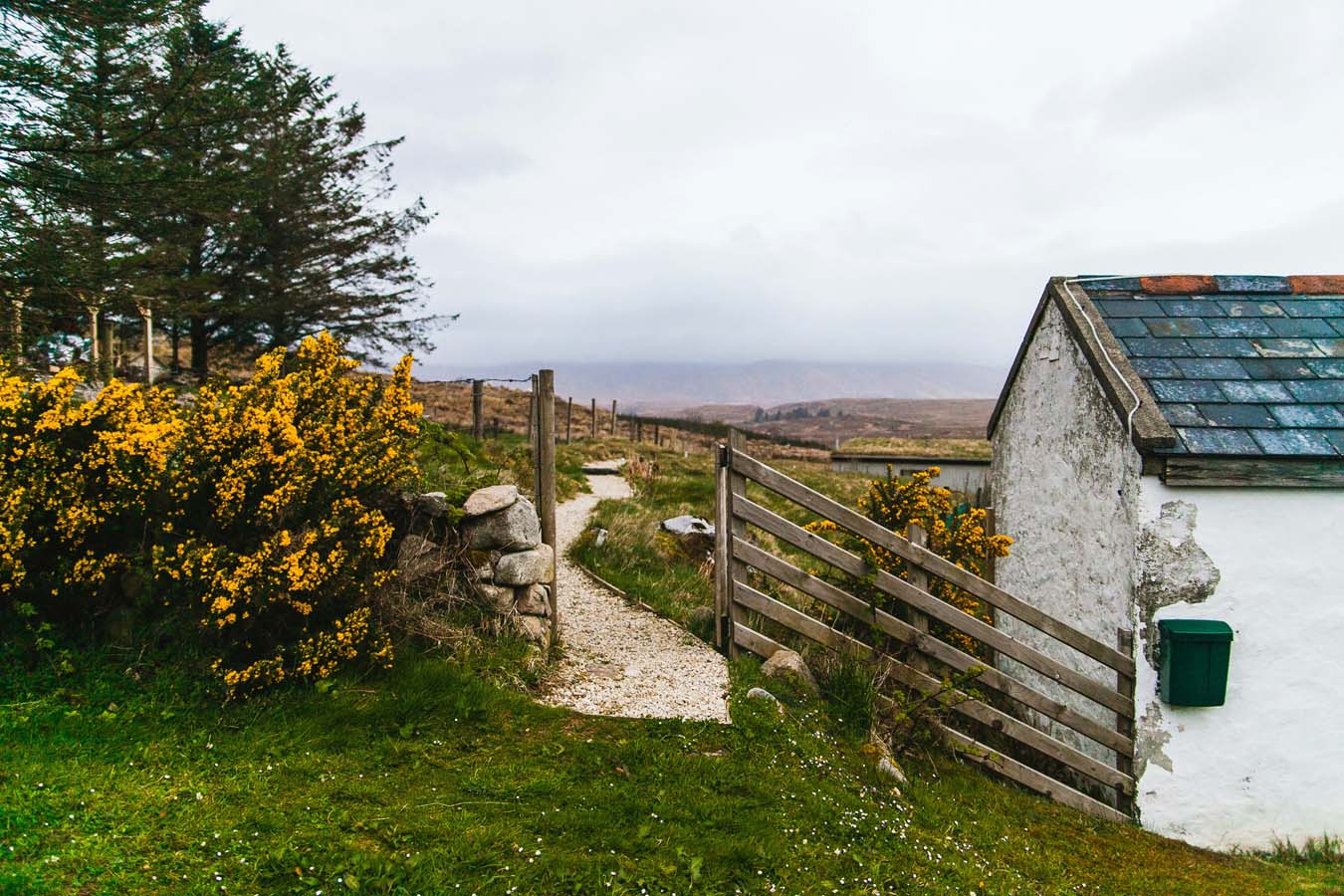
4. Community and Family Values
Irish culture places a strong emphasis on community and family. The importance of family ties is central to Irish life, and gatherings often revolve around the extended family. This sense of community extends beyond the family unit to include neighbours, friends, and even strangers. In many Irish towns and villages, there is a deep sense of camaraderie and mutual support, where people look out for one another.
Hospitality is a cornerstone of Irish culture. The famous Irish saying, “Céad míle fáilte,” which means “a hundred thousand welcomes,” encapsulates the warmth and openness with which Irish people greet others. This welcoming spirit is a significant part of what it means to be Irish, creating a culture where kindness and generosity are highly valued.
5. A Connection to the Land
Ireland’s landscape is a vital part of the Irish identity. The rolling green hills, rugged coastlines, and ancient stone structures are more than just scenery—they are symbols of the enduring connection between the Irish people and their land. Many Irish traditions and festivals, such as Samhain and Bealtaine, have their roots in the natural world, reflecting the cycles of the seasons and the agricultural heritage of the country.
This connection to the land is also evident in the Irish language, where many place names carry meanings tied to the natural environment. For many, being Irish means having a deep appreciation for the beauty and spirit of the land, which has shaped not only the country’s culture but also its way of life.

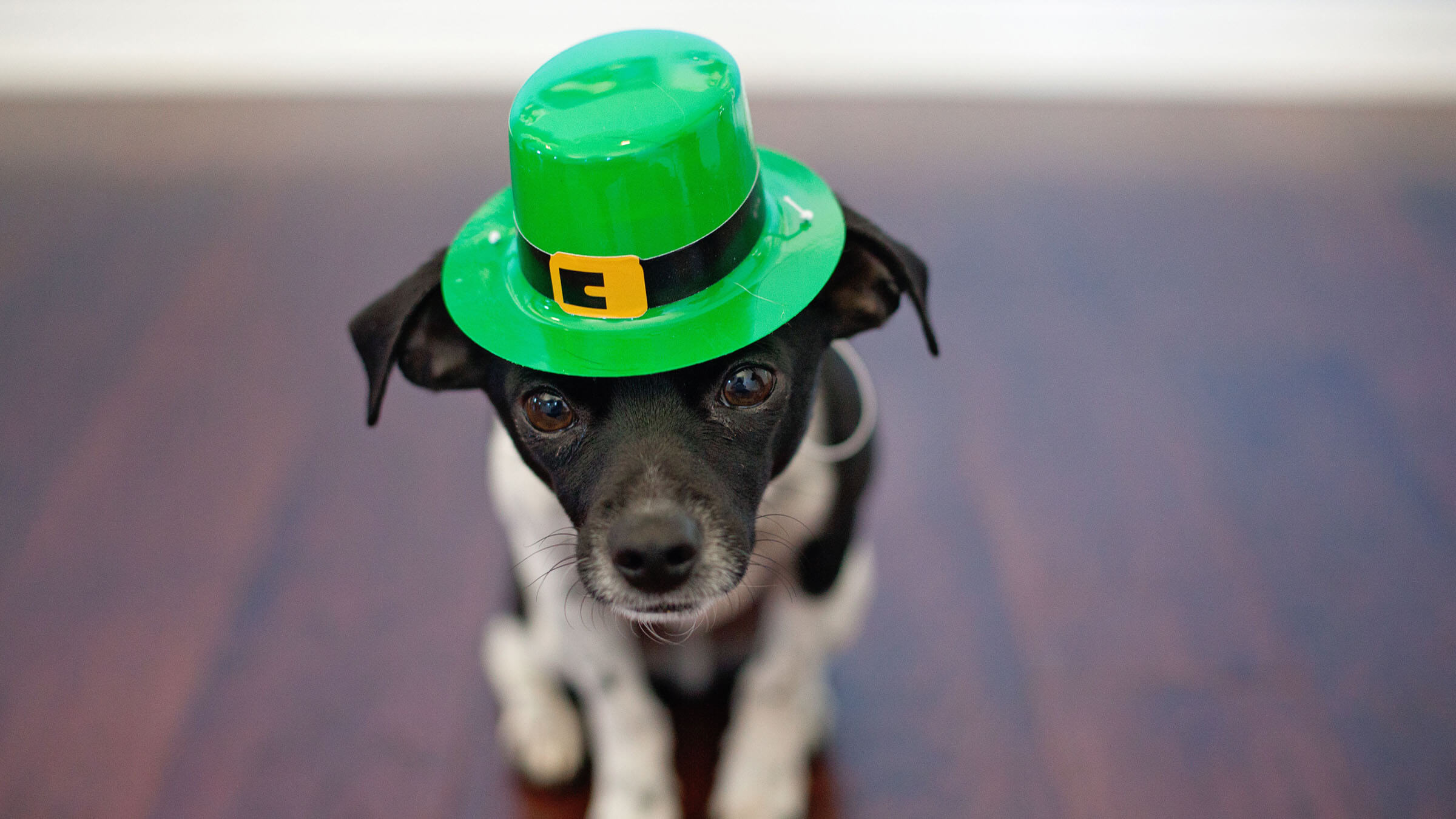
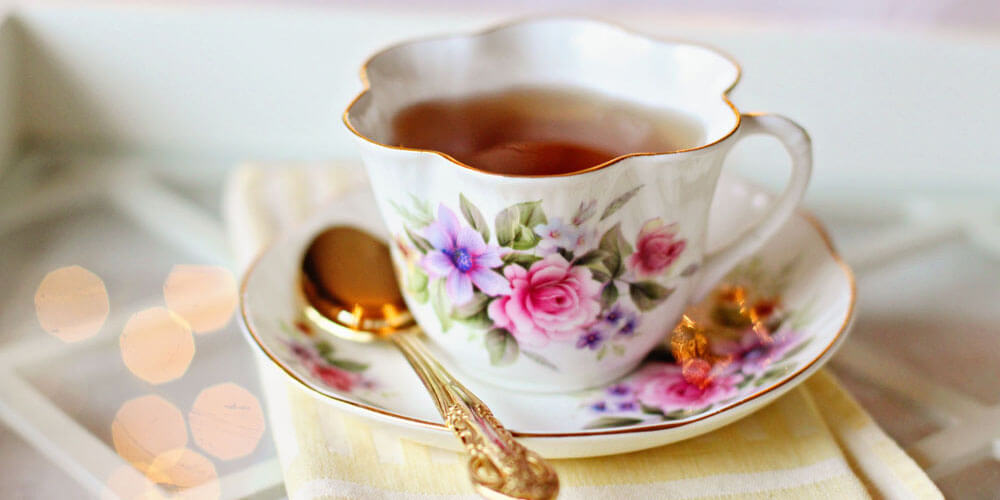


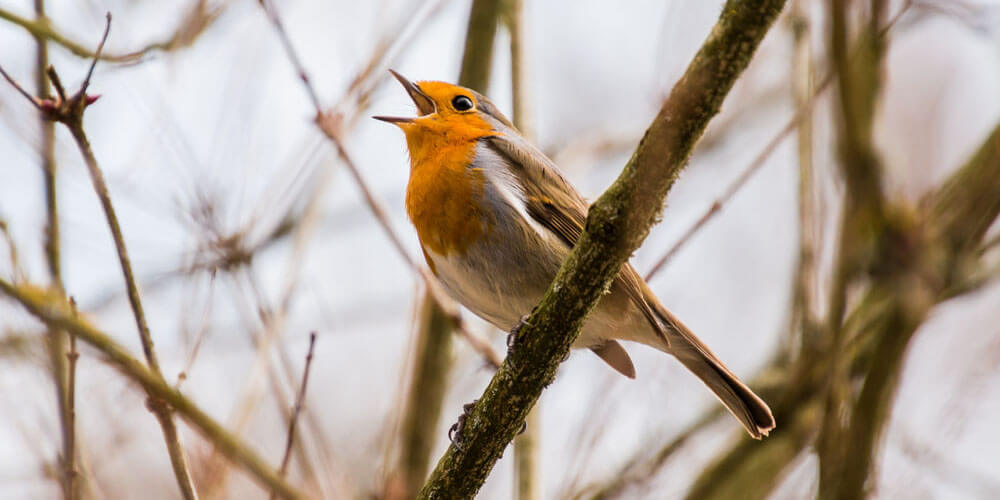
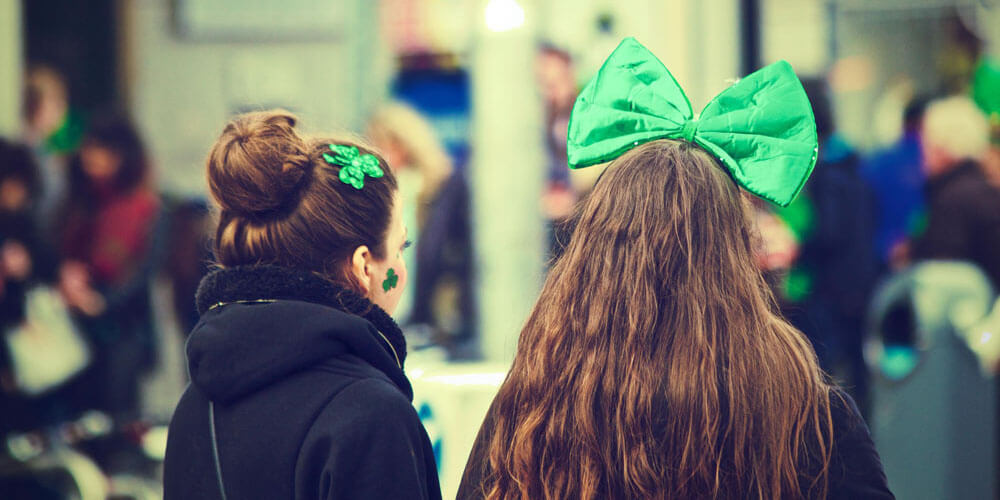
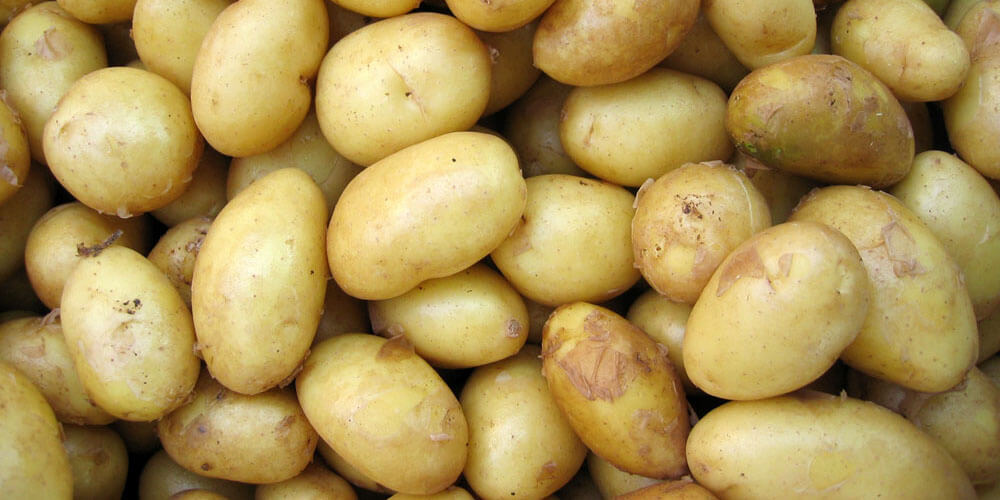
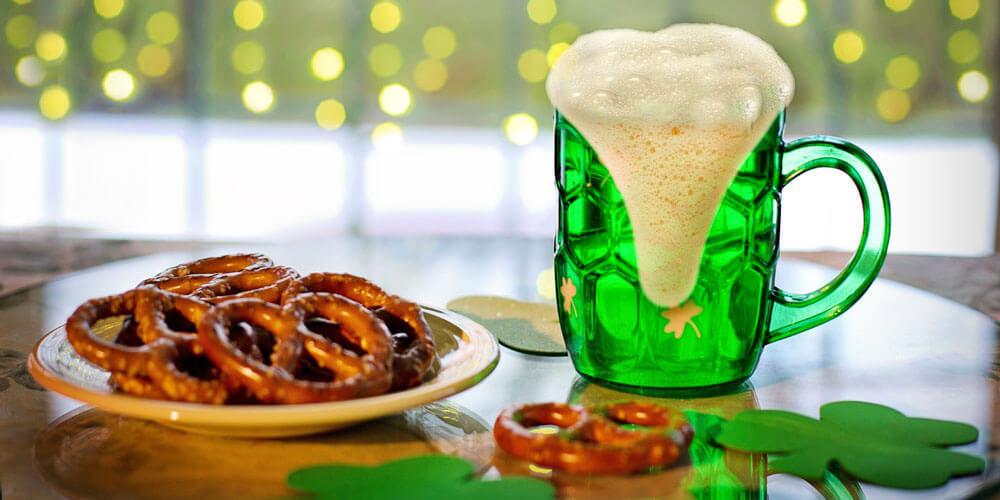
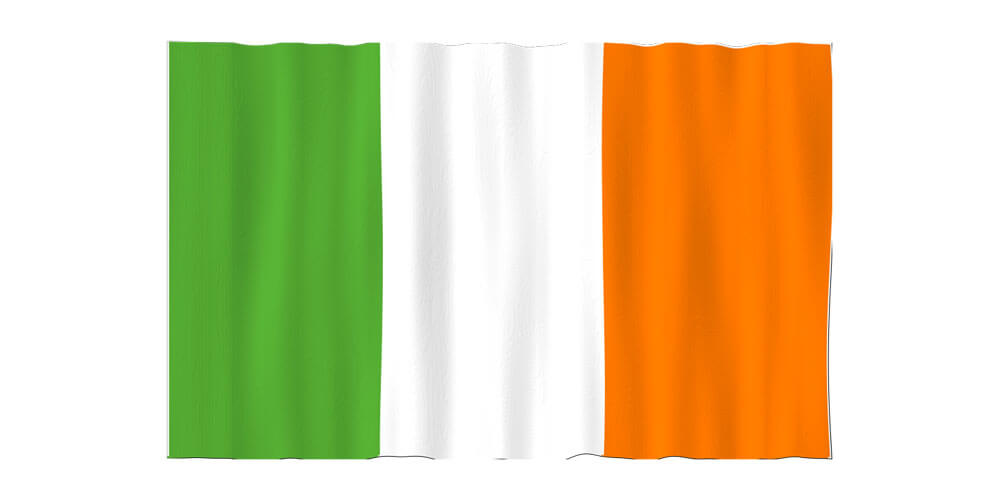
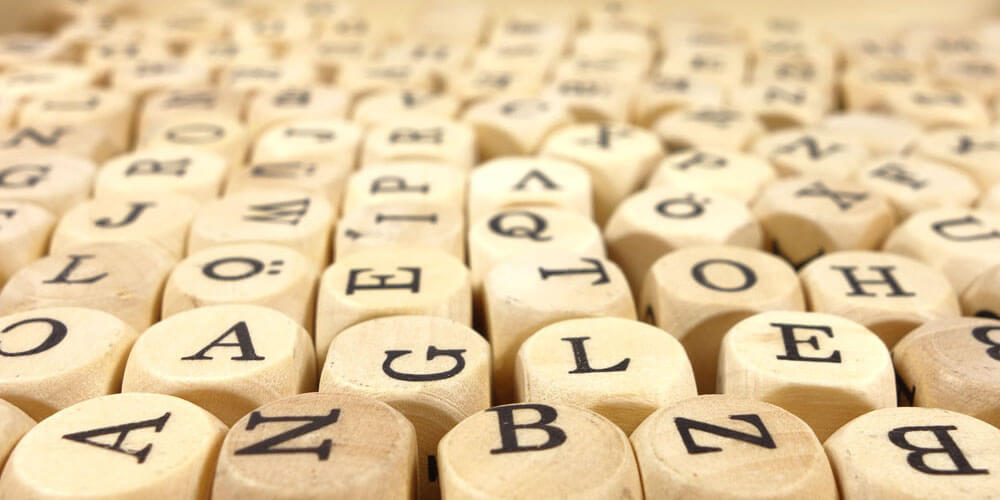
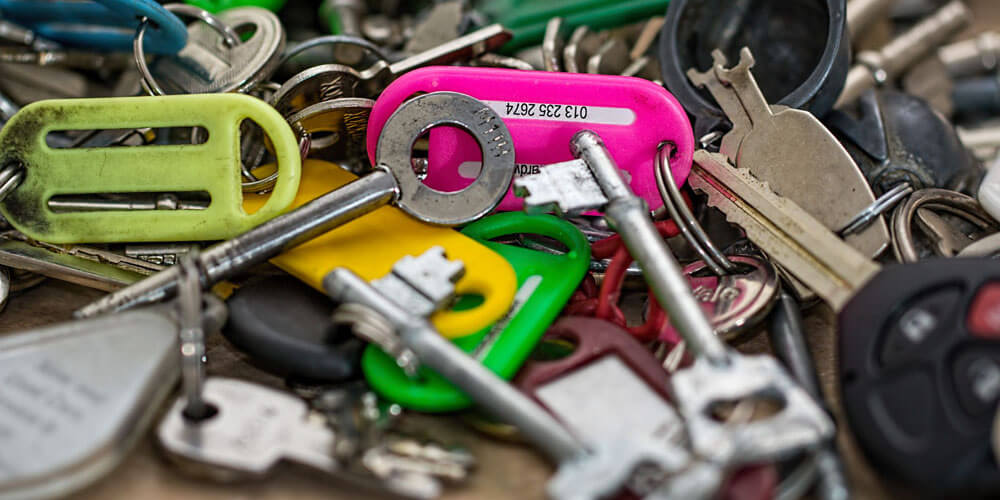
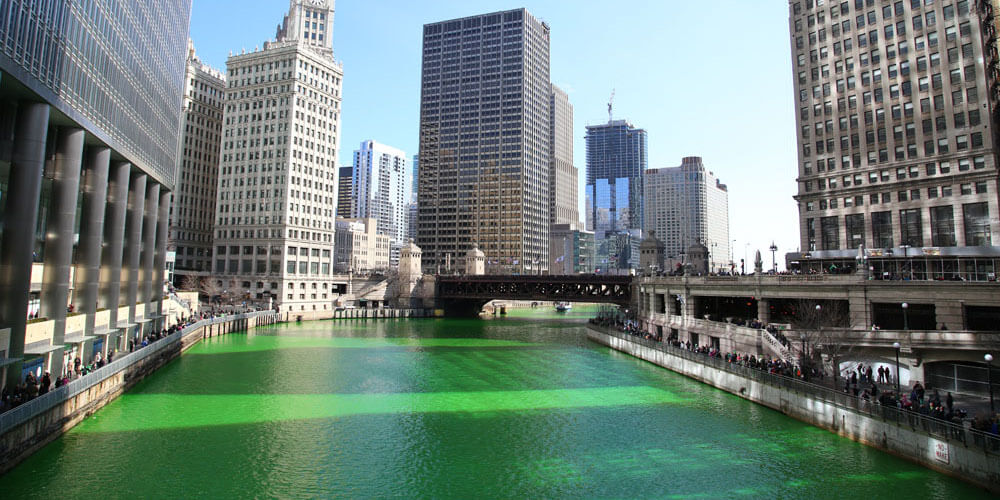



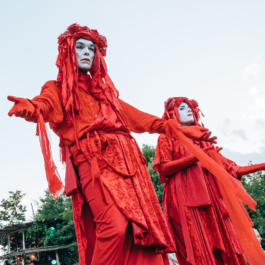
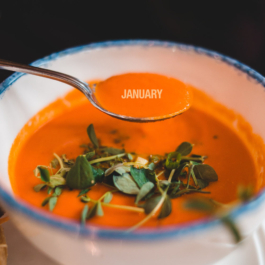

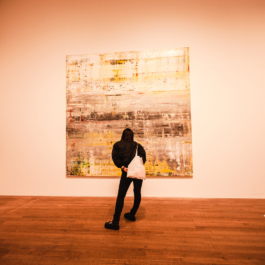

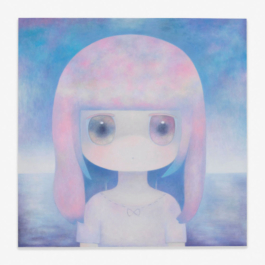

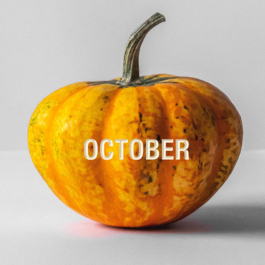
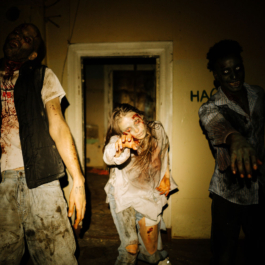
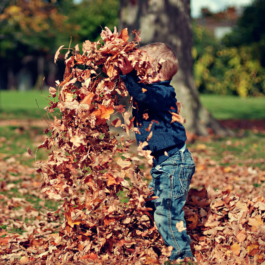
Sorry, the comment form is closed at this time.